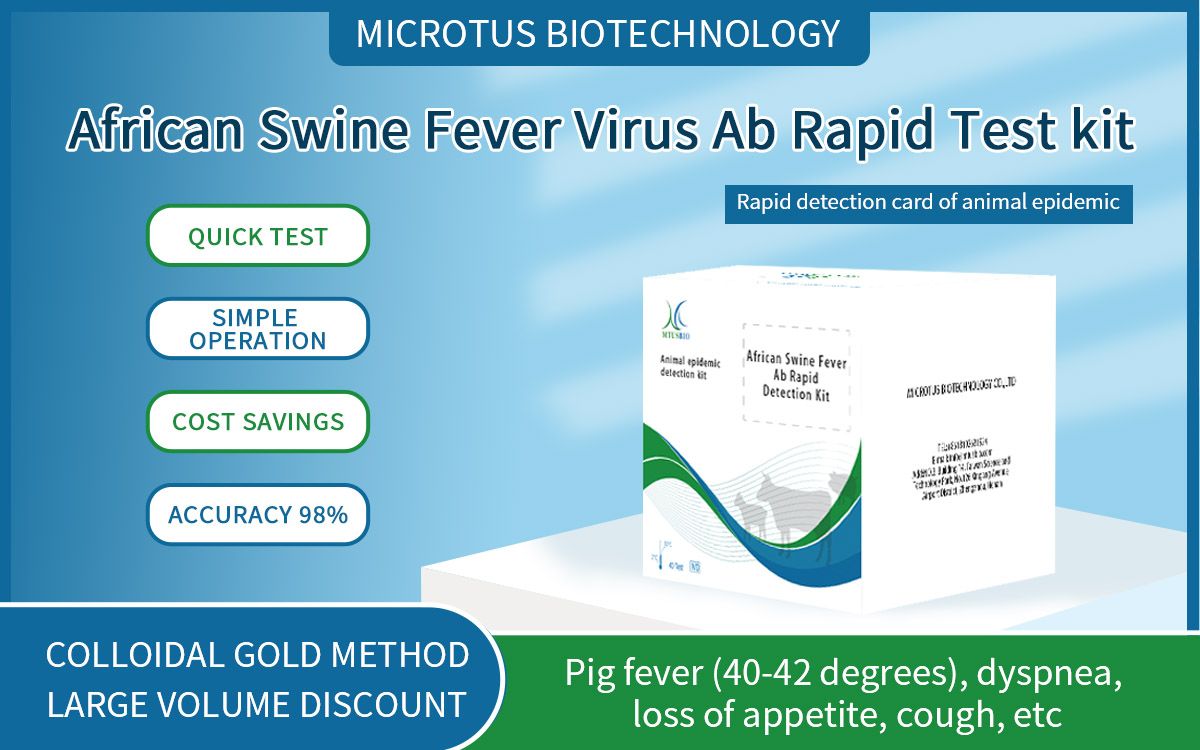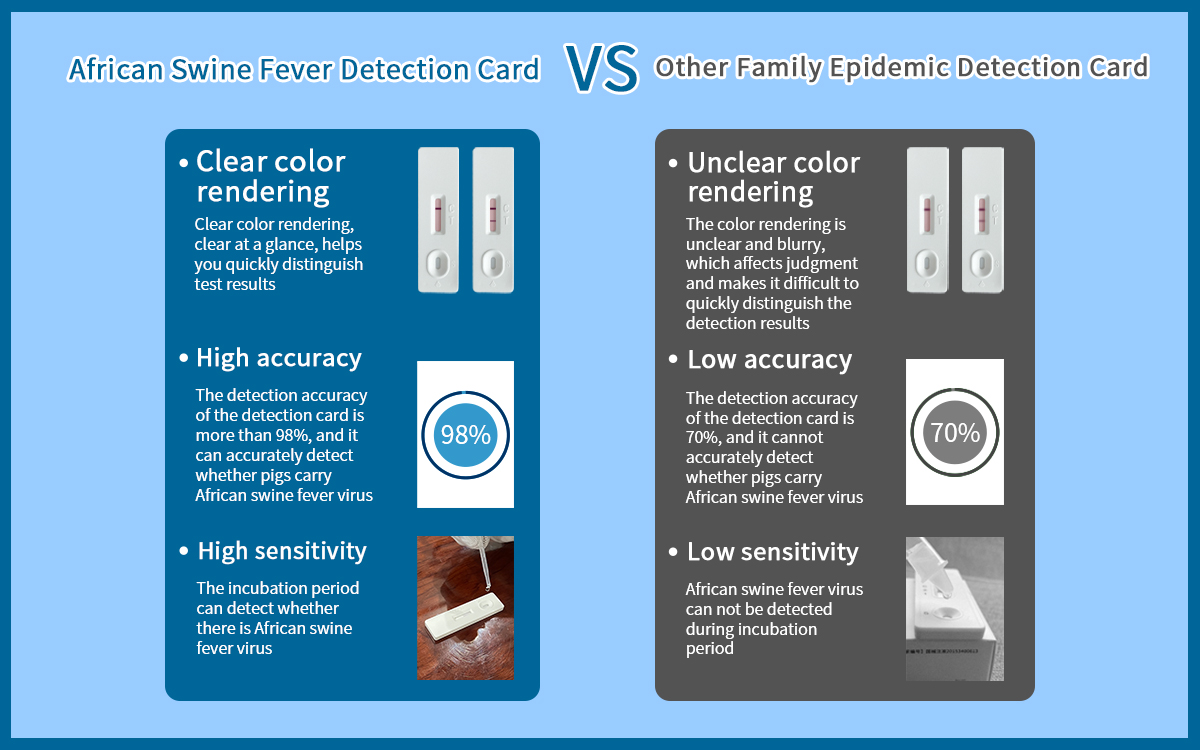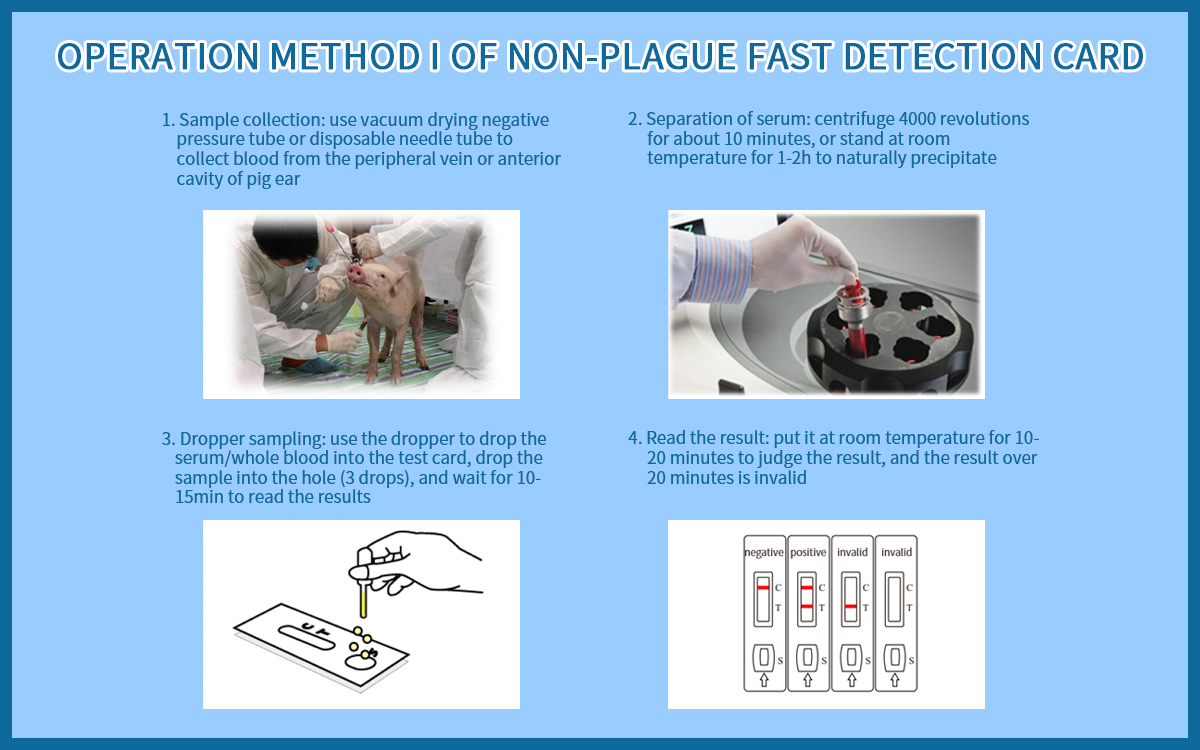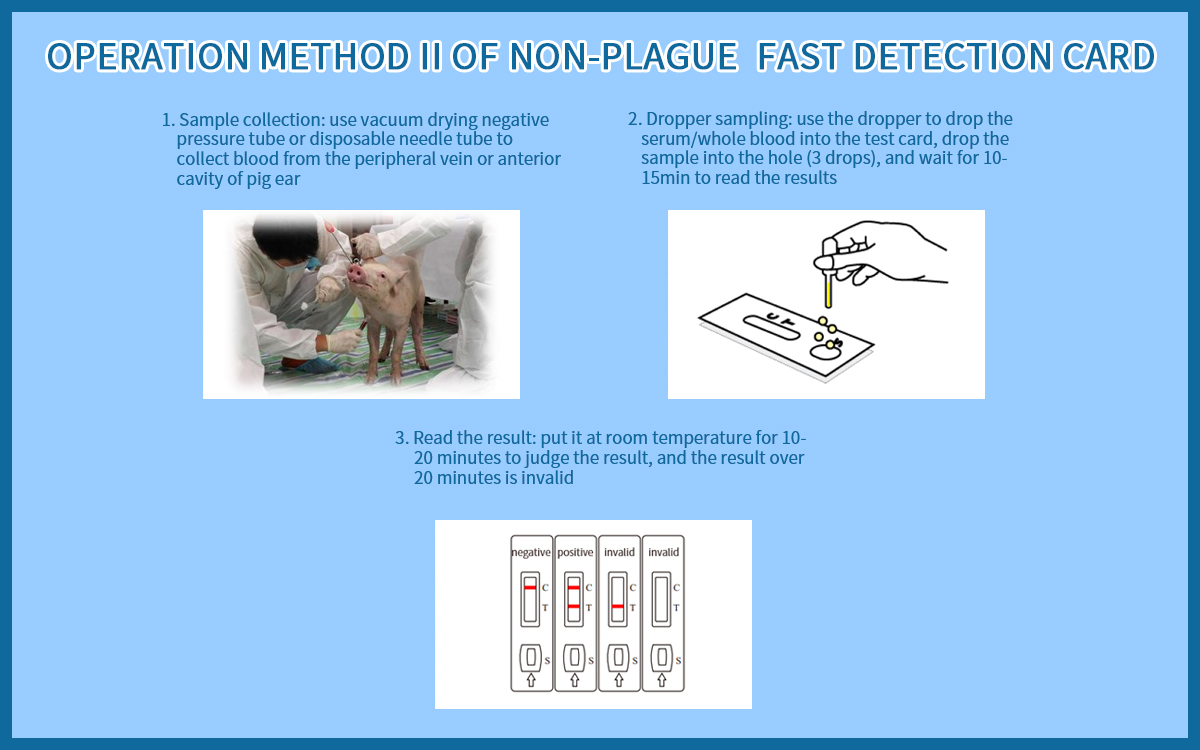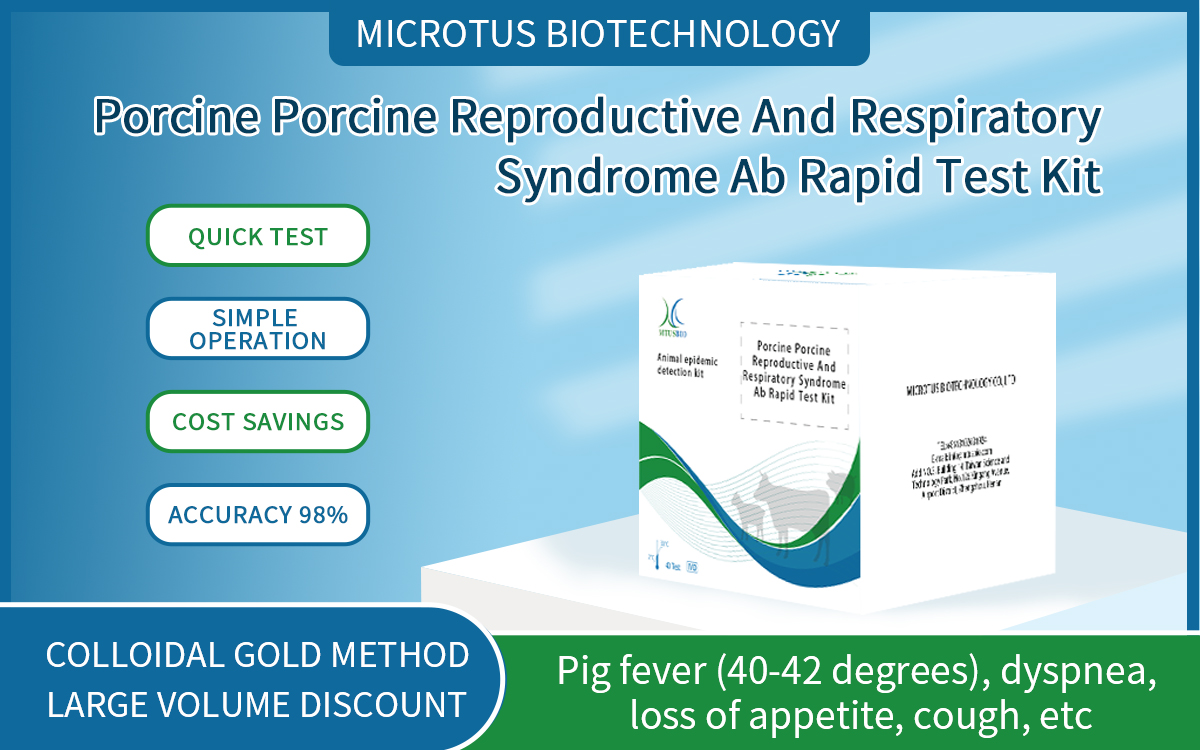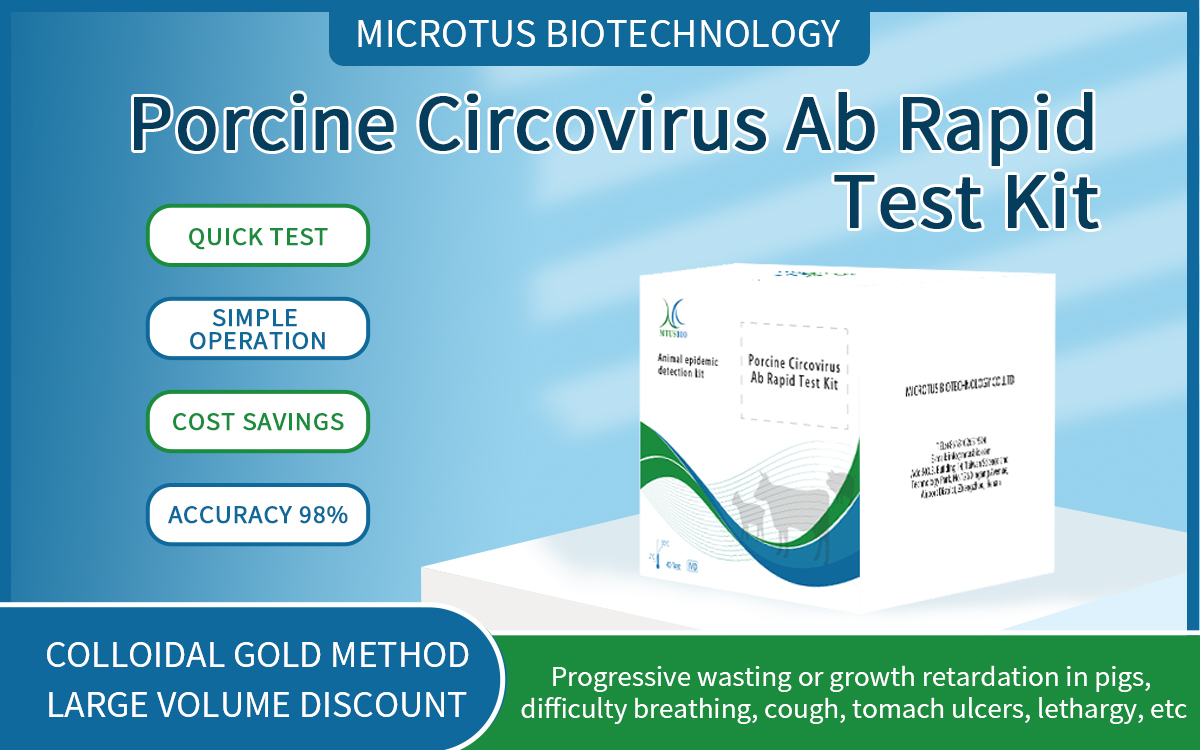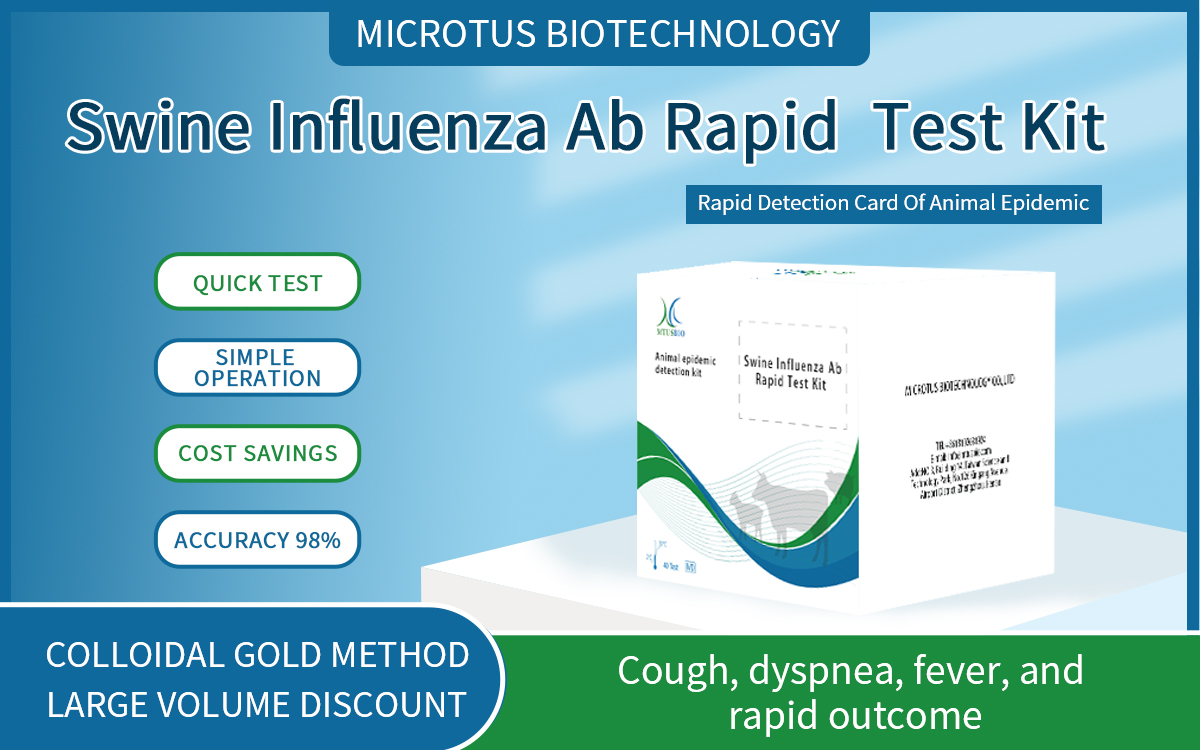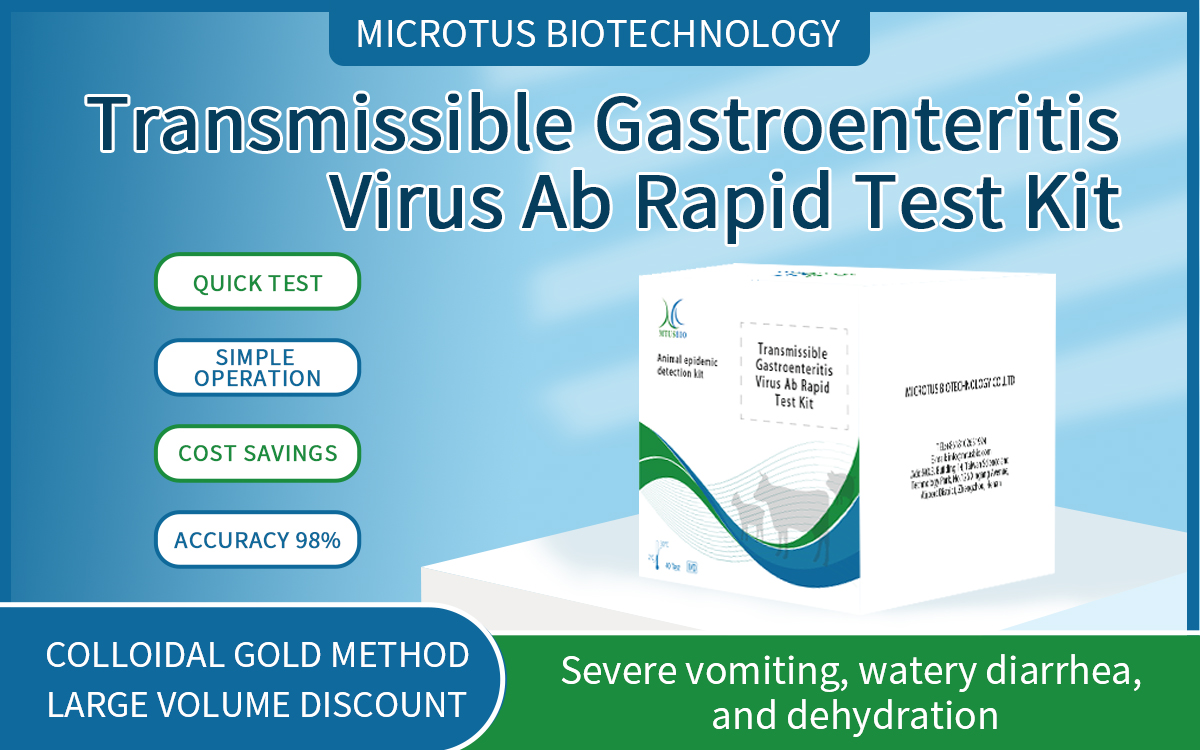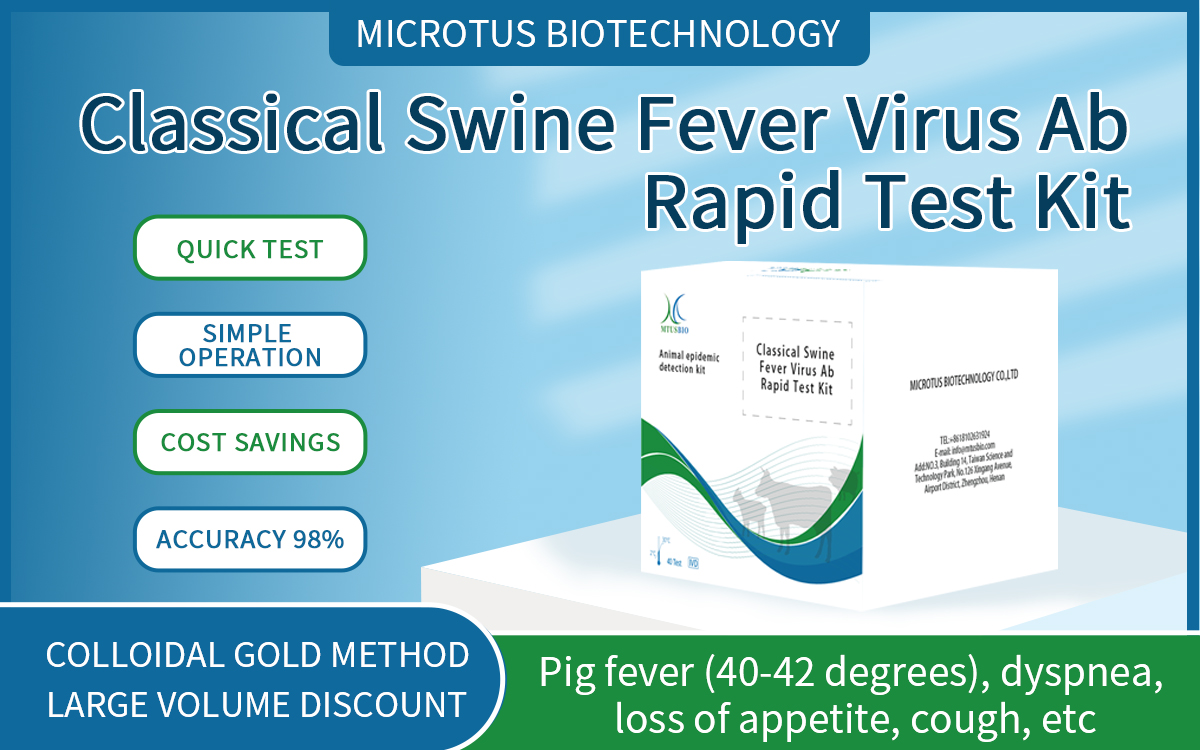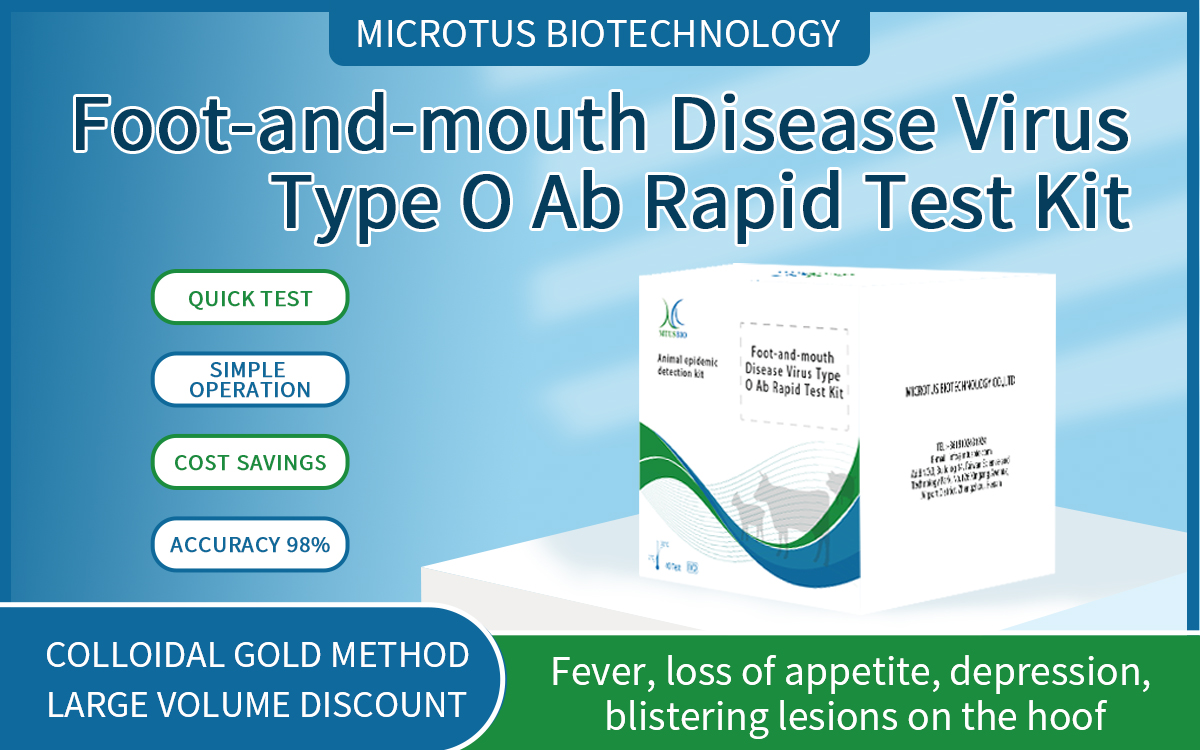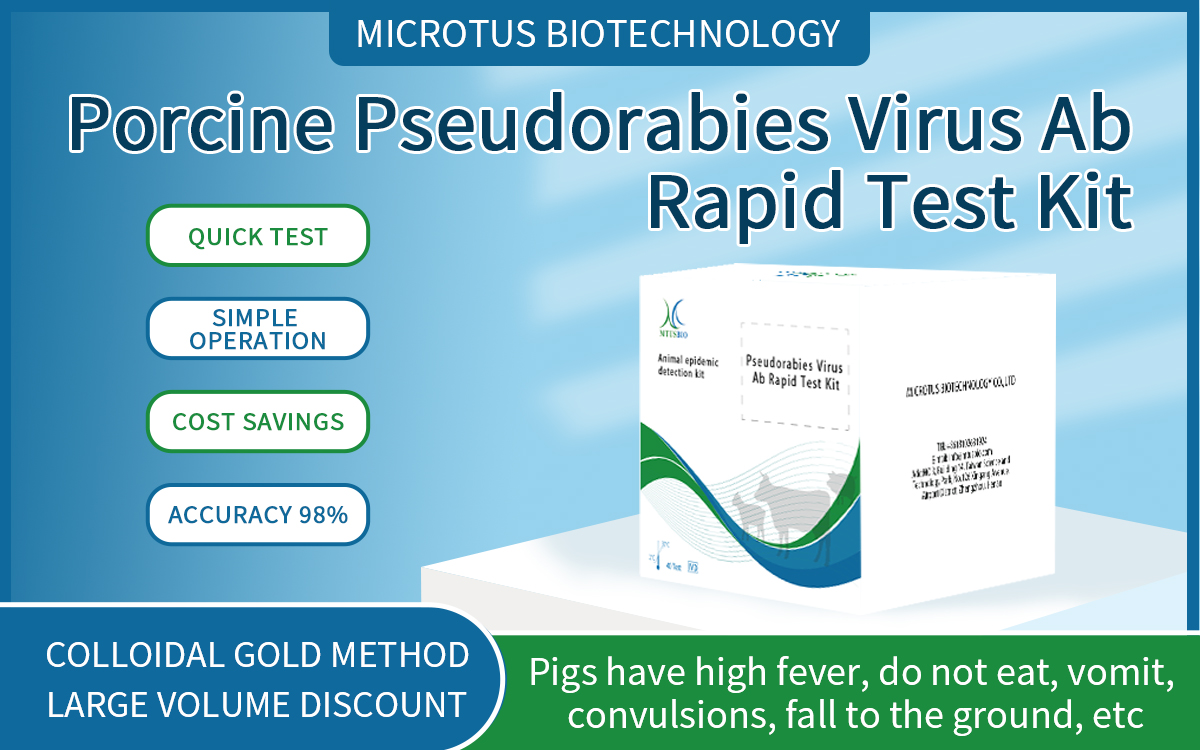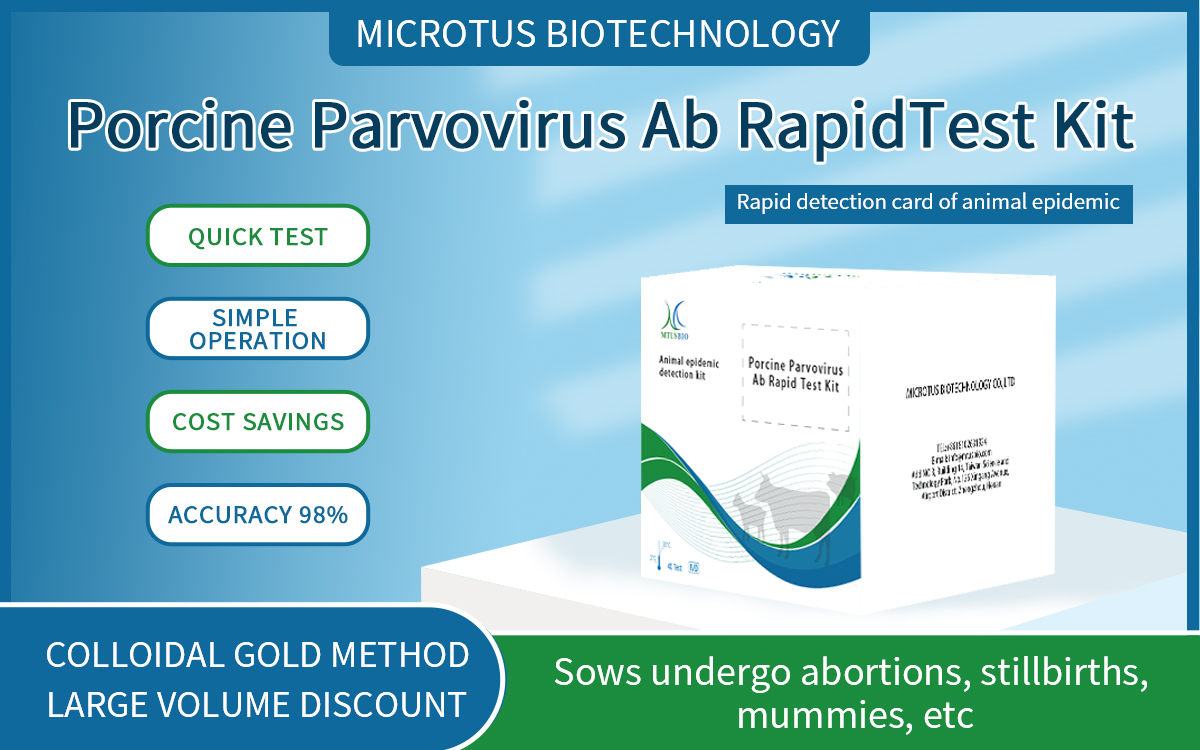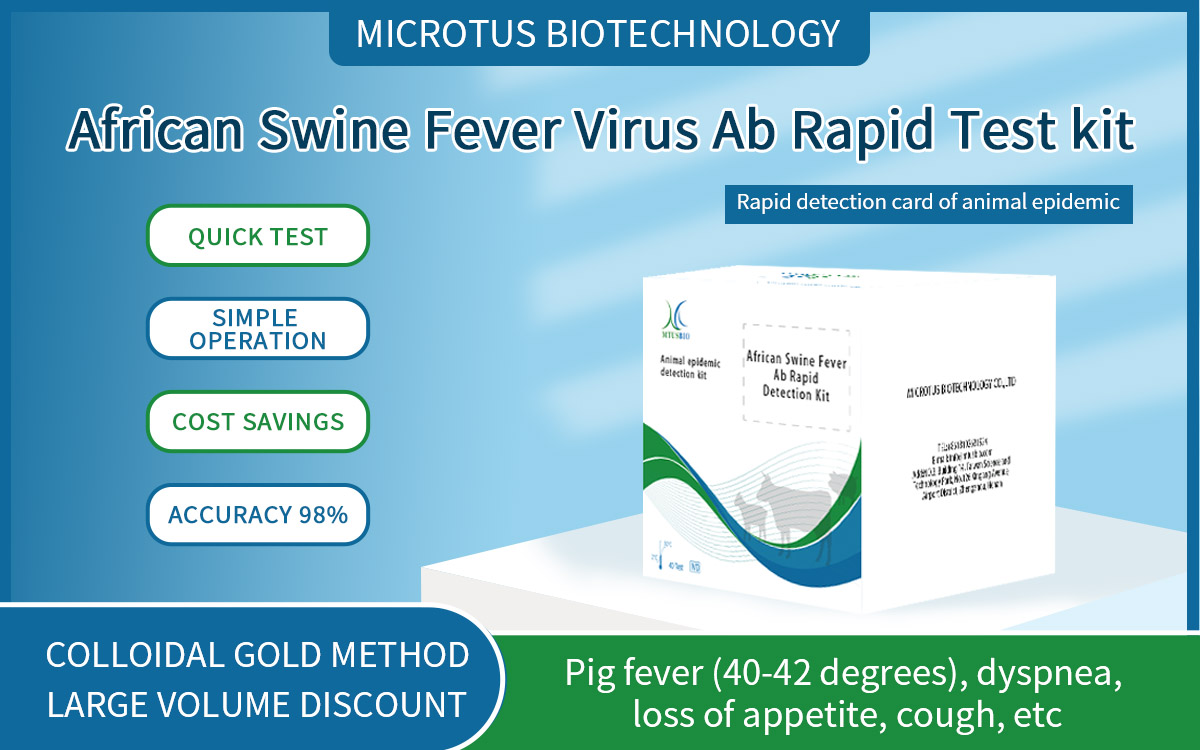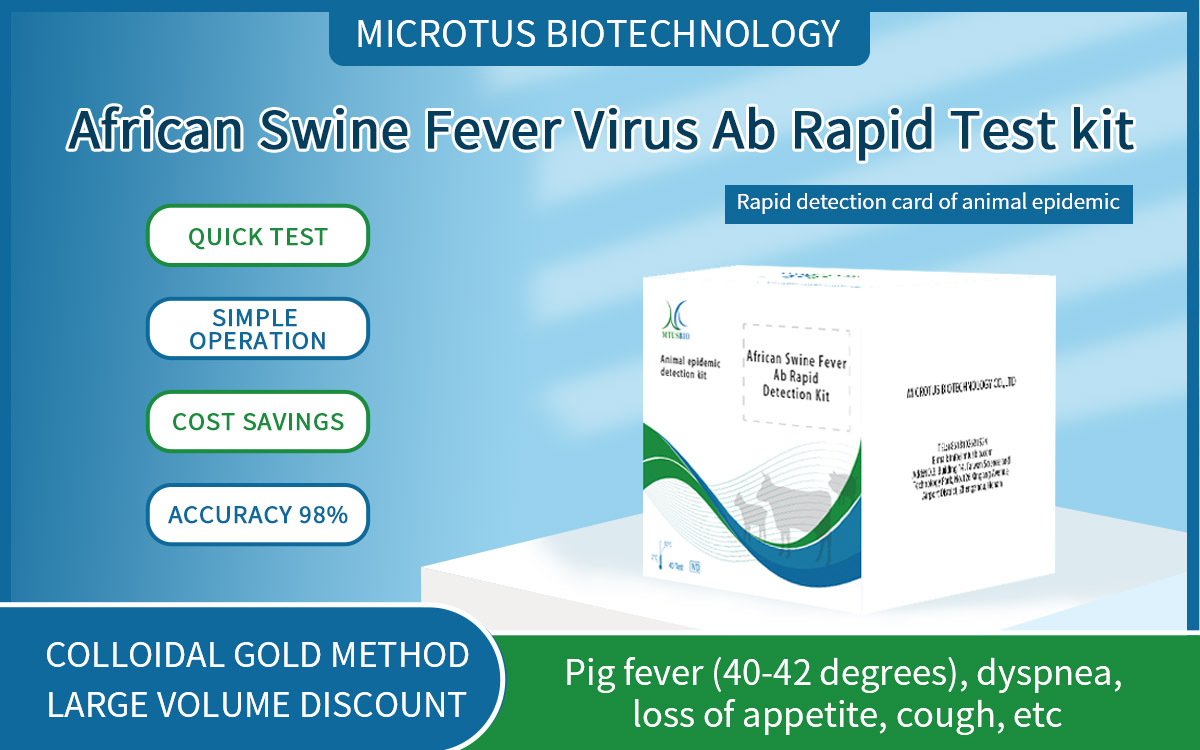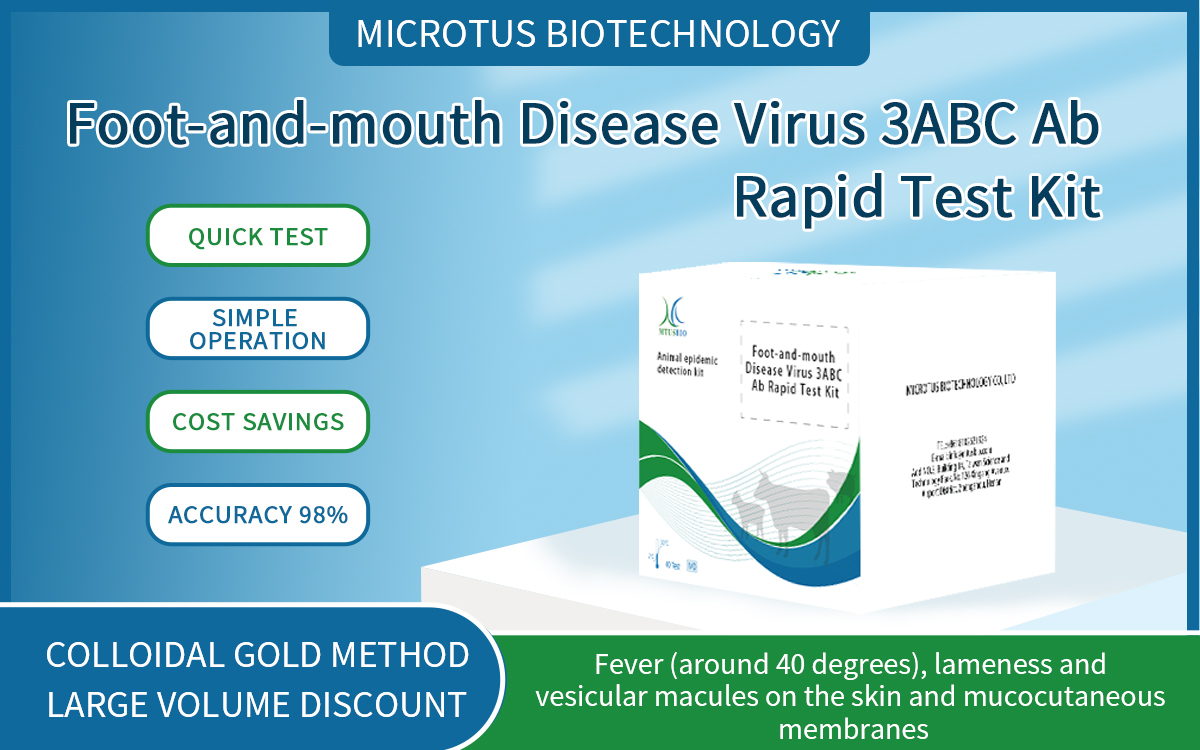Principle
This reagent is prepared using the principle of colloidal gold immunoassay (GICA). After the sample is added to the sample well, it moves along the chromatography membrane with the colloidal gold marker. If there is African swine fever antibody in the sample, it combines with the colloidal gold marker and the capture substance on the detection line to display a purple red color. If there is no African swine fever antibody in the sample, no color reaction occurs.
kit composition
1、40 detection cards (including straws)
2、1 instruction manual
3、40 sample diluents
4、40 droppers
experiment method
1. Use a matching straw to draw the prepared sample, vertically and slowly add 2 drops of serum or 4 drops of whole blood to the sample diluent (note: this step is crucial, do not add more samples), mix well, and set aside for use. (If there is a micropipette, add 60ul of serum or 80ul of whole blood to the diluent.).
2. Use a matching straw to aspirate the prepared clear sample supernatant, and slowly and vertically add 4-5 drops (about 120ul) into the sample well.
3. Leave it at room temperature for 10-20 minutes to determine the result. Results exceeding 30 minutes are invalid.
Precautions
1. Please carefully read the instructions before the experiment. The various reagents provided in this product are for the purpose of this experiment only.2. Expired or damaged aluminum foil bags cannot be used.
3. When taking out the detection card from the refrigerator, it should be restored to room temperature before opening. The opened detection card should be used as soon as possible to avoid being affected by moisture and becoming ineffective.
4. Deionized water, tap water, and physiological saline cannot be used as negative controls.
5. The sample to be tested should be fresh and clear, avoiding the use of contaminated, turbid, severely hemolytic, high blood lipids, and abnormally viscous samples.
6. Avoid touching the chromatography membrane at the sampling hole and detection window on the detection card.
7. The waste from the experiment should be treated as pollutants and properly disposed of in accordance with local regulations.













